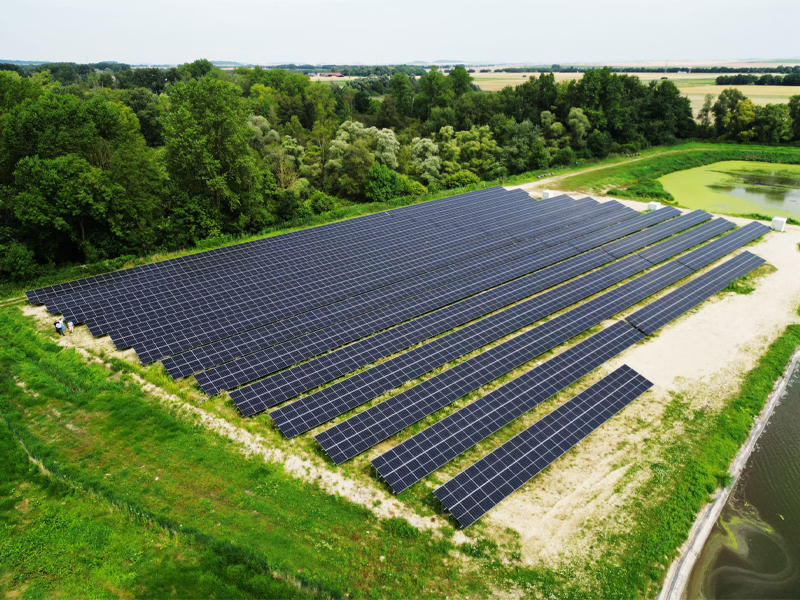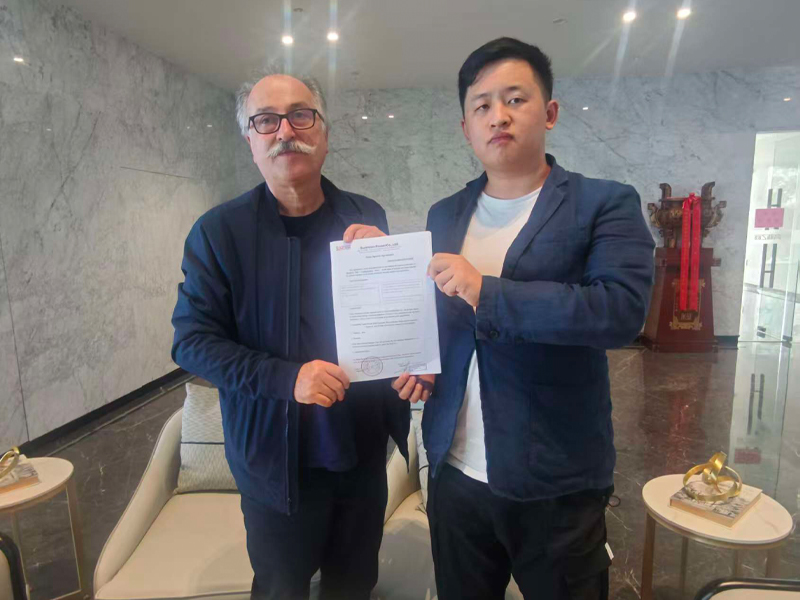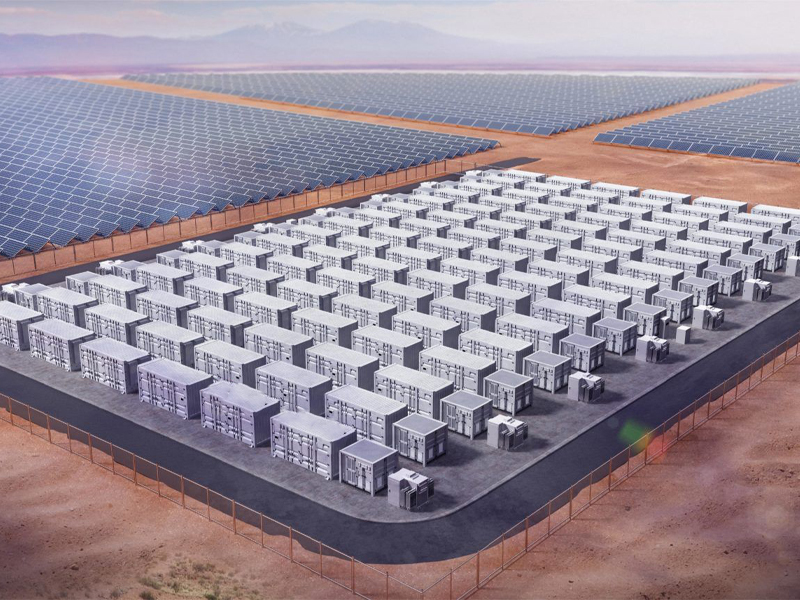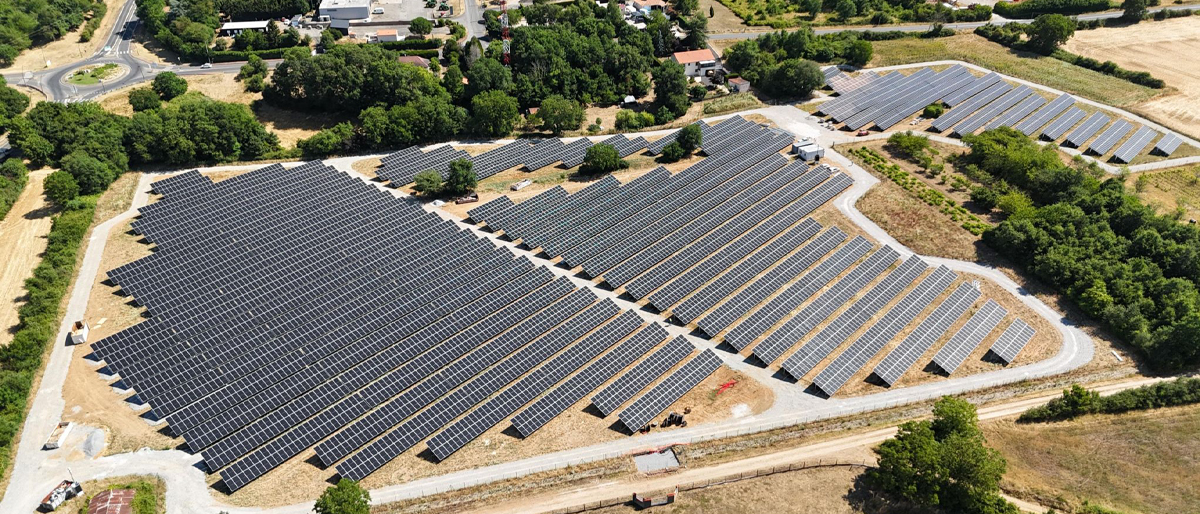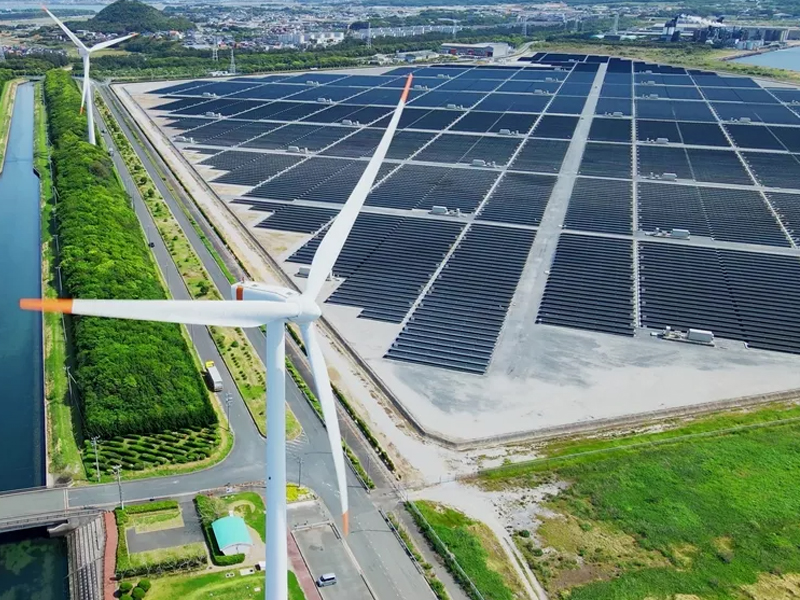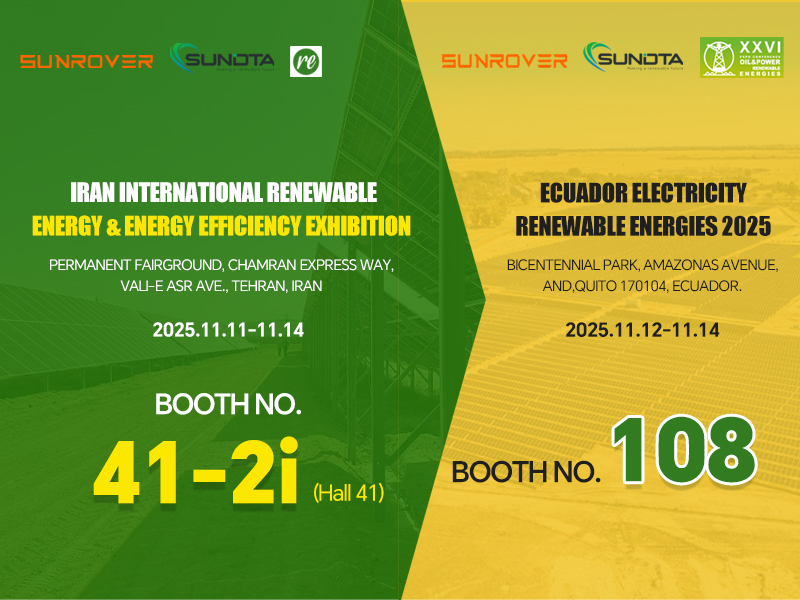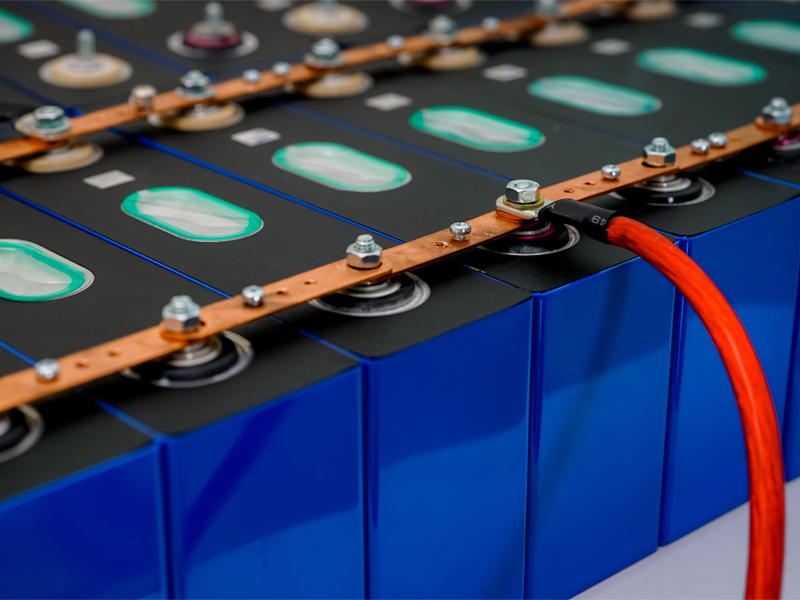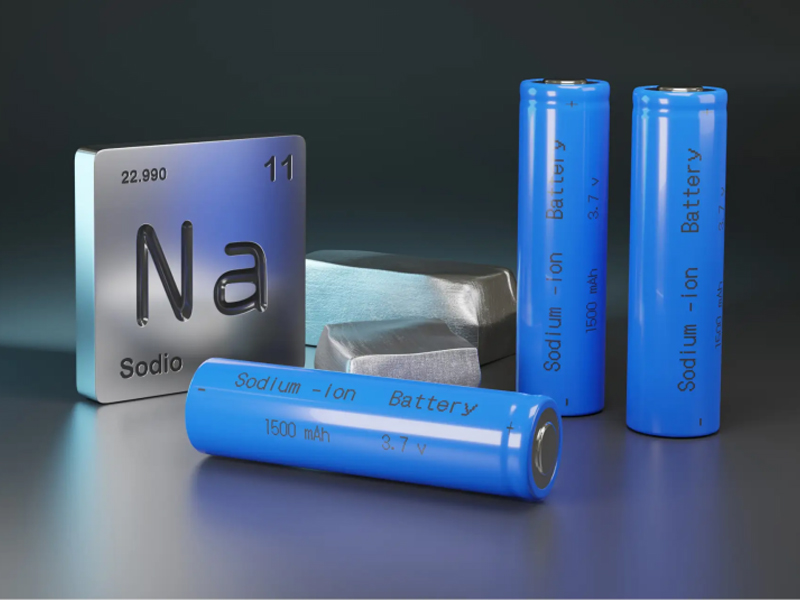64.2GW! EU PV new installations decline warning
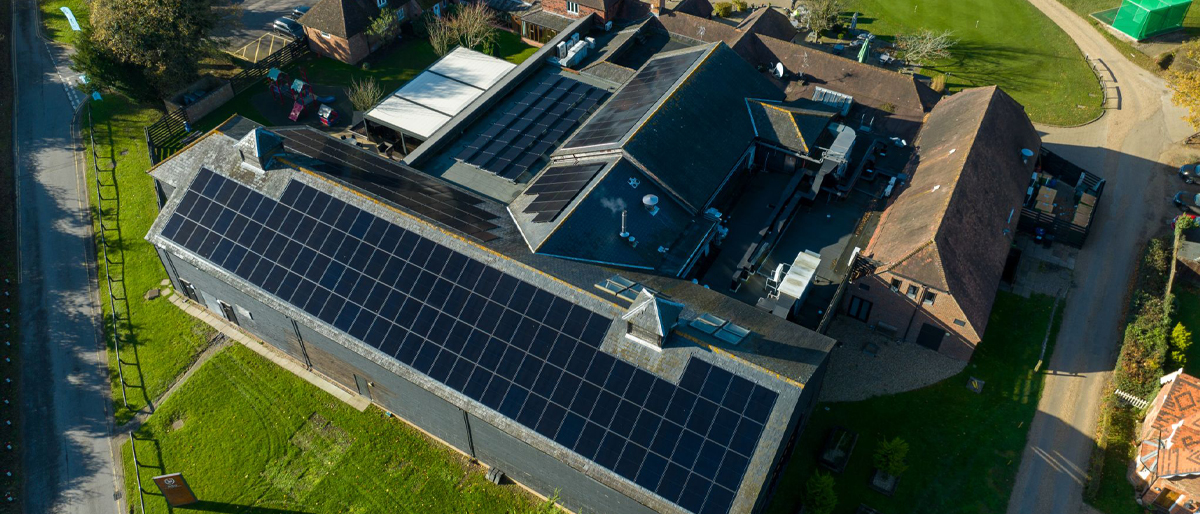
According to a mid-year report from SolarPower Europe, the EU solar market will see its first stagnant growth in a decade in 2025, with the market characterized by a decline in residential solar installations and a growing divergence between ground-mounted projects.
SolarPower Europe's latest mid-year report shows that new solar capacity installed in the 27 EU countries is expected to reach 64.2 GW in 2025, a 1.4% year-on-year decline from 65.1 GW in 2024. This marks the first annual decline in EU PV market growth since 2010.
Although total installed capacity for the year is still expected to exceed 400 GW, reaching an estimated 402 GW, the structural contradictions behind the slowdown have sparked industry concern.
According to the report, the momentum of the solar PV industry has weakened over the past 18 months. After growing by 47% and 51% in 2022 and 2023, respectively, the growth rate has slowed to 3.3% in 2024. As the dividend fades, the residential market falls into the aftermath of "subsidy dependence."
The energy price surge triggered by the 2022 Russia-Ukraine conflict fueled explosive growth in the EU photovoltaic market. Driven by soaring prices and reduced natural gas supplies, Europeans flocked to install solar equipment to avoid price fluctuations and power outages. The industry experienced rapid growth in 2022 and 2023, with installation growth reaching 47% and 51%, respectively.
However, as energy prices stabilized and natural gas supplies resumed, traditional residential markets in countries like Italy, the Netherlands, and Austria experienced a precipitous decline.
Data shows that due to the withdrawal of subsidy policies and a lack of alternatives in these countries, the residential rooftop photovoltaic market size shrank by over 60% compared to 2023. Major markets such as Poland, Germany, and Spain also saw declines of over 40%.
"Household users are becoming less sensitive to electricity price fluctuations, and the lack of policy support has directly frozen installation demand." SolarPower Europe's analysis points out that the installation boom spurred by the EU's "REPowerEU" plan in 2022 was a short-term stimulus. Once the crisis dividend faded, the residential market, lacking long-term mechanisms, quickly fell into a slump. Ground-mounted projects are the mainstay of growth, and the integration of policy-driven bidding and Energy Storage is a new trend.
In stark contrast to the residential market, large-scale ground-mounted PV projects are becoming a market stabilizer. The report predicts that ground-mounted projects will contribute 50% of new capacity in 2025, primarily driven by recent oversubscribed PV-plus-storage tenders in countries like Italy and Germany.
For example, Germany's energy storage-supported PV tender launched last month saw oversubscription of bids exceeding three times the planned capacity, highlighting the country's commitment to promoting the coordinated development of renewable energy and energy storage. Germany's new round of large-scale PV tenders: Significant price drops and oversubscription.
However, despite strong momentum in solar tenders, corporate power purchase agreements (cPPAs) are volatile. SolarPower Europe stated: "Falling electricity prices have dampened buyers' enthusiasm for long-term agreements. The number of newly signed solar PPA contracts plummeted by 41% between the first and second quarters of this year, raising questions about the market's short-term performance."
Last week, SolarPower Europe called for policy clarity and increased private investment to achieve Europe's distributed PV targets. Although solar has surpassed coal to become the EU's second-largest power source (Ember data shows that its share of electricity generation will exceed coal in 2024), saving the EU €59 billion in fossil fuel imports, stagnant growth threatens long-term goals. SolarPower Europe predicts that installed capacity may reach only 723 GW in 2030, 27 GW short of the 750 GW target.
"This 1.4% decline may seem minor, but it signals a reversal of the accelerated growth of photovoltaics," said Dries Acke, the agency's deputy CEO. The EU needs to urgently improve its policy frameworks for electrification, flexibility, and energy storage. "Solar Energy could simultaneously address energy security, electricity price competitiveness, and climate goals, but the policy vacuum is weakening market potential."
Industry insiders point out that as the "emergency installations" driven by the energy crisis recede, the EU photovoltaic market is entering a critical period of transition from policy reliance to market-driven development. Whether institutional innovation can stimulate the residential market and commercial investment will determine the arrival of the next growth cycle.


